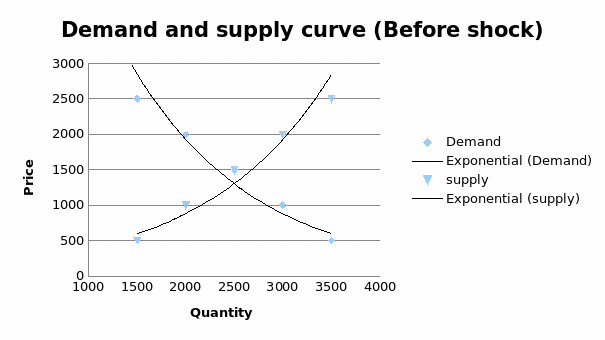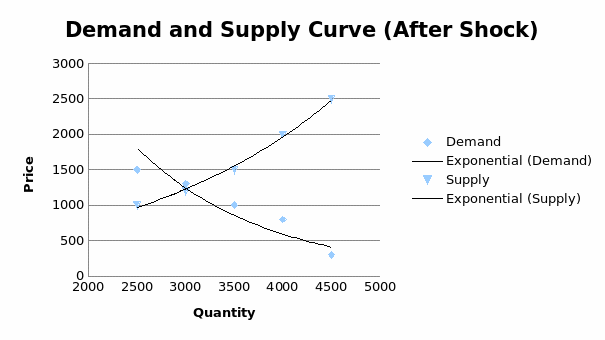Introduction
It is very important for a business to understand the market forces of demand and supply for their products or services. In this case, we have McMansion Pty Ltd, a housing construction firm. The construction industry is somewhat tricky since the demand for housing construction depends on a number of factors.
Factors affecting the demand for housing construction
- Population and the demand for housing: A densely populated region has a high demand for rental homes. This factor will attract investors to invest in rental homes, thereby increasing the demand for housing construction products and services (DiPasquale & William 1994). A high profitability associated with construction of rental homes would further raise the demand for housing construction products and services.
- Economic conditions and the level of income: Tough economic conditions will decrease the demand for housing construction products and services, whereas, a conducive economy with an increased level of income will increase the demand for housing construction.
- Construction prices and the prevailing interest rates: The construction exercise is quite expensive and requires heavy investment. The investors will obviously turn to the banks for loans or mortgages. A high interest rate will shy away investors thus decreasing the demand for housing construction (Parkin 2000). On the other hand, a friendly interest rate would encourage investors to lend more monies and invest in housing construction.
- Government policies: The government monetary and fiscal policies directly affect the housing construction industry. The fiscal policy will determine the amount of money available in the economy while the monetary policy will determine the lending interest rates in commercial banks.
- The unemployment levels: A high unemployment level would mean readily available human labor. The laborers would be willing to work at lower wages, thus reduced labor cost.
From the above discussions, it is noteworthy that housing construction lies in the classification of normal goods. This is because the demand for housing construction products and services increases with an increase in income (Mayer &Tsuriel 2000). The demand for housing construction is highly elastic as a slight increase in the price of construction directly affects the demand for investment in housing.
Response to a shock
The above factors hold under normal circumstances. However, in the case of a shock to the economy, the trend changes drastically. A shock to the economy would affect the construction in two ways, either an increase or decrease in the prices of construction (Taylor 2001).
A shock leading to a decrease in product and service cost would increase demand for construction housing. In this case, the construction industry faces a dramatic increase in labor costs. The graph below shows the changes in the prices and demand for the housing construction products and services.

The following actions will occur in response to the shock.
- The demand for housing construction products and services will decrease.
- The demand curve moves inward and downward.
- There will be a surplus in the supply of housing construction services.
- The labor cost for construction will slowly decrease.
- The demand for housing construction products and services will respond by slowly increasing.
- The demand curve will thus move outward and upward to its original position to form a new equilibrium at the same price level as before.

Conclusion
Understanding the market forces of demand and supply is very important, as it would help housing construction firms understand the behavior of their customers. Generally, the housing construction industry is highly elastic, where a dramatic increase in the cost of a product or service will drastically decrease the demand for housing construction products and services.
References
DiPasquale, D & William, W 1994, ‘Housing market dynamics and the future of housing prices,’ Journal of Urban Economics vol. 35. no 2, pp. 1-27.
Mayer, C, & Tsuriel, S. 2000, ‘Residential construction: using the urban growth model to estimate housing supply.’ Journal of Urban Economics 48, 85-109.
Parkin, M 2000, Economics, Addison- Wesley, New York.
Taylor, B 2001, Economics, Houghton Mifflin Company, Boston.